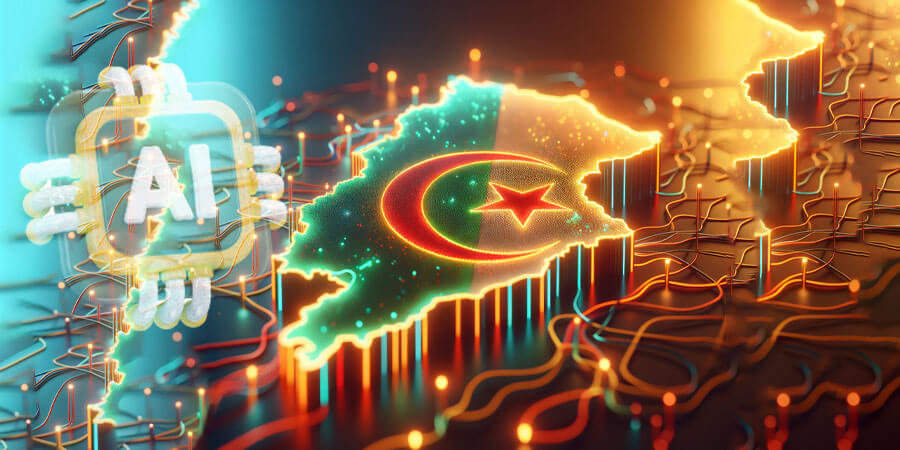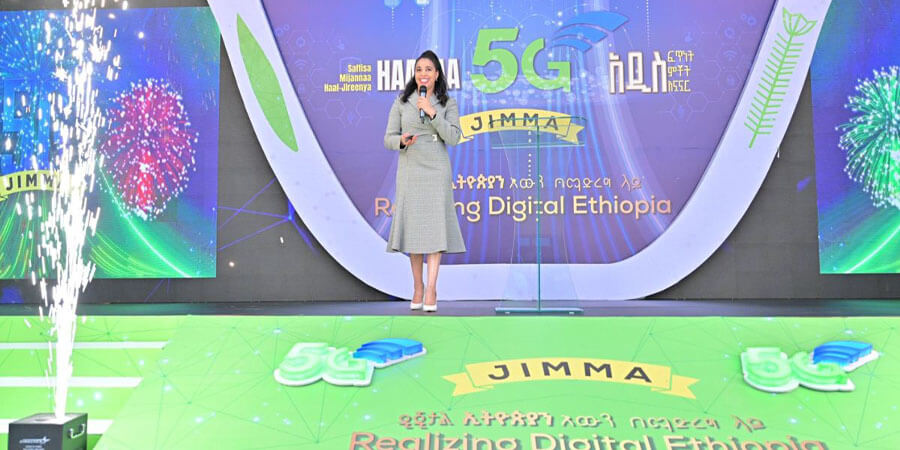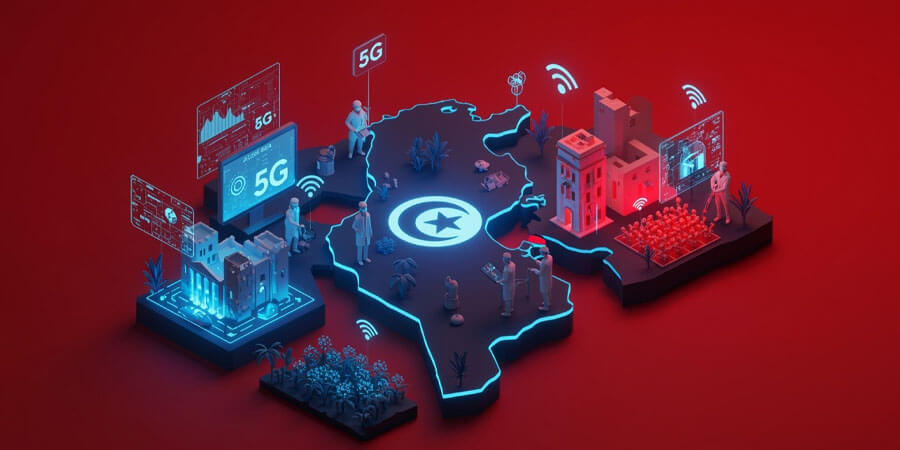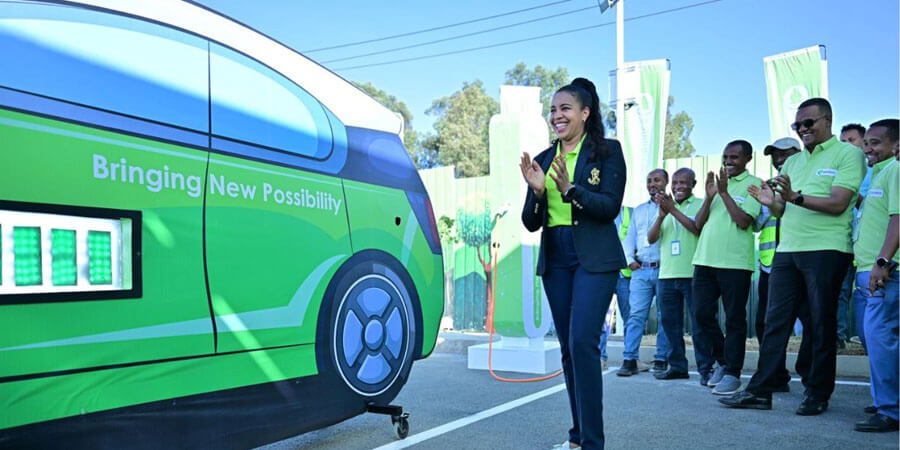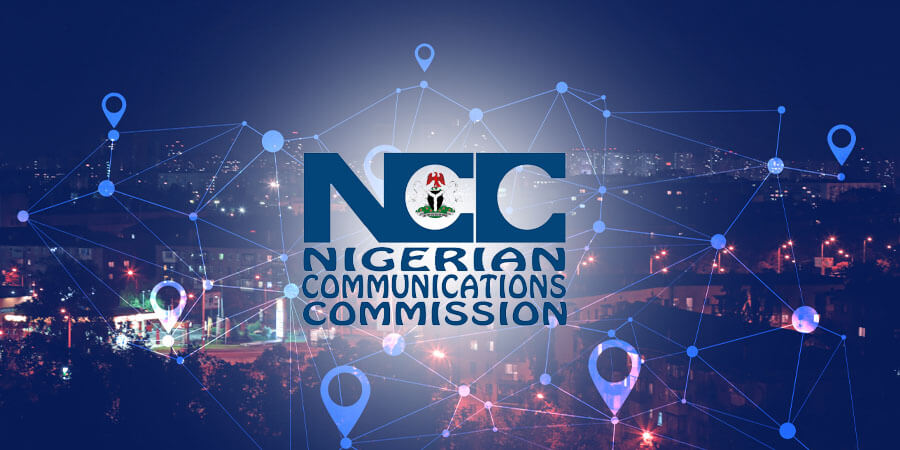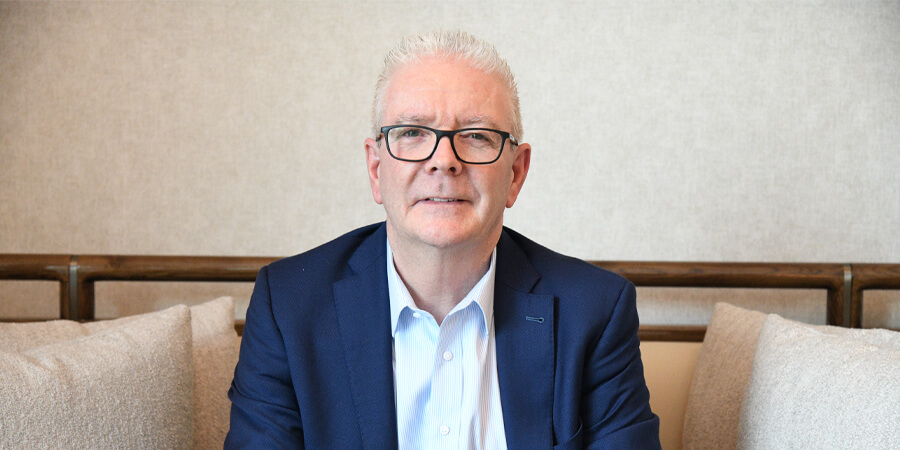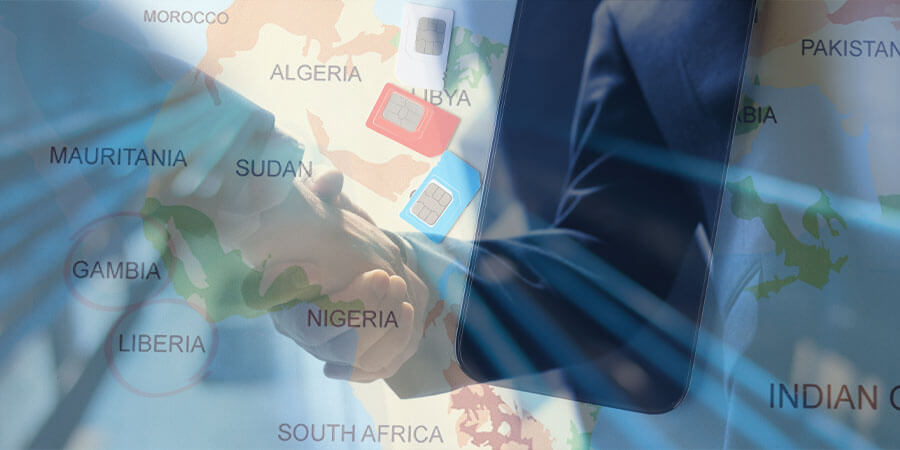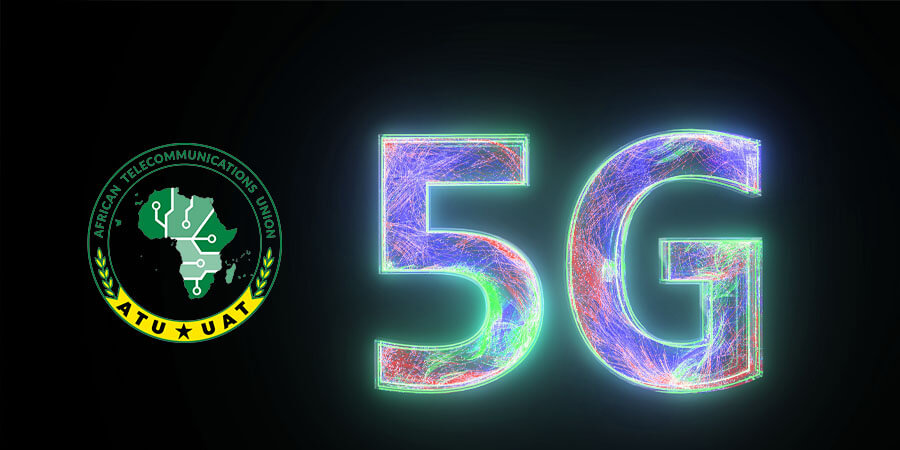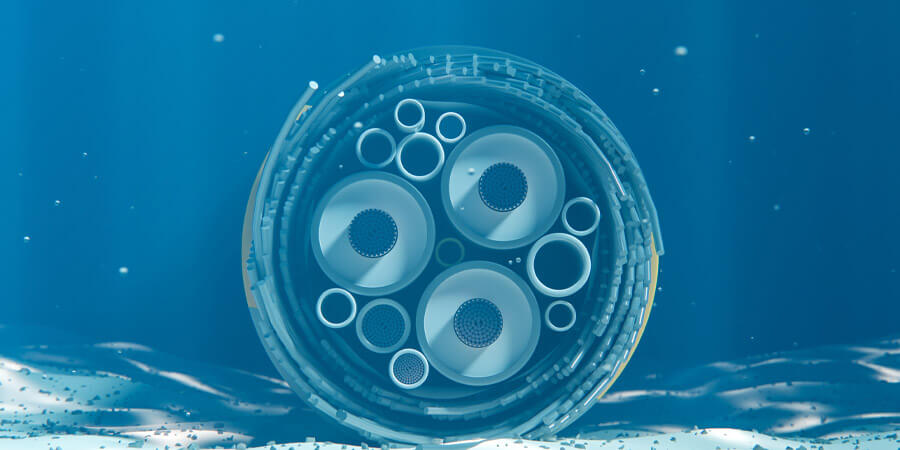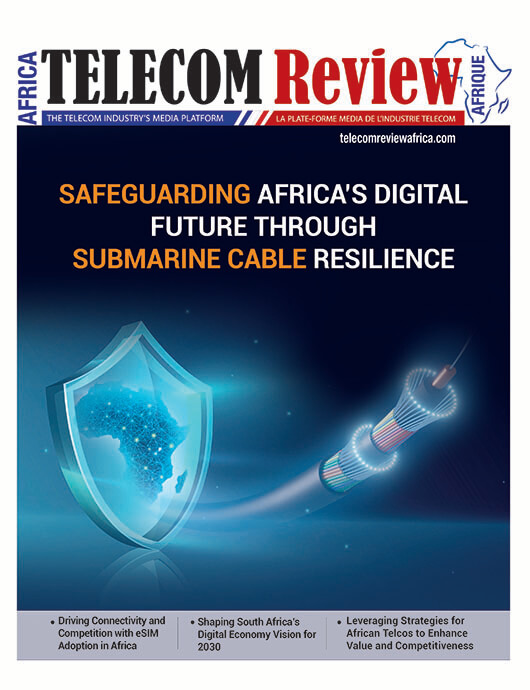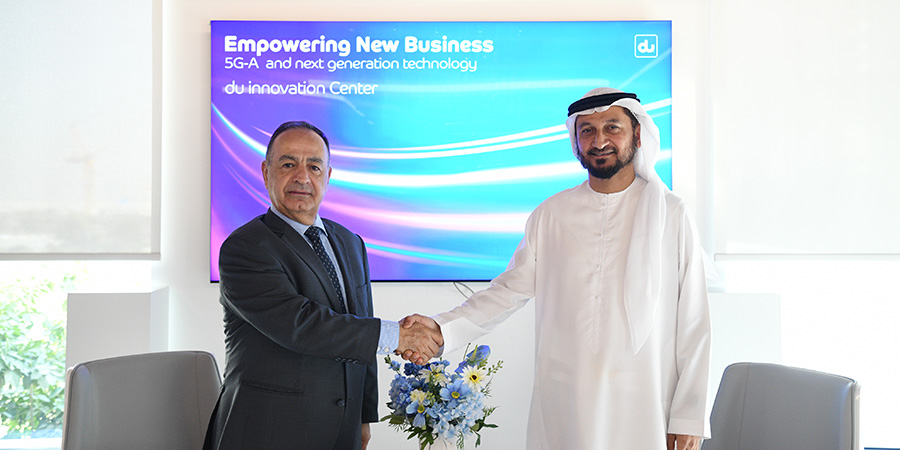The ICT Authority (ICTA) in Kenya has initiated setting a 630 km fibre-optic cable to deliver internet to under-served areas of northwest of the country. The new cable is being funded jointly by the government and the World Bank under the East Africa Regional Transport, Trade and Development Facilitation Program (EARTTDFP).
ICTA CEO Katherine Getao said the new cable from Eldoret Town to Nakodok in Turkana County will complement the existing submarine cable that is currently being rehabilitated. The new line will be crucial in providing affordable internet access to the region.
According to Getao, the East African Project will add to current ICT infrastructure comprising undersea cables, the fibre backbone, Local Area Networks, wireless networks and data centres. It will ensure residents of Northwestern Kenya receive digitized government services.
Under the National Optic Fibre Backbone Infrastructure (NOFBI), the government has laid 8,900 km of cable to all 47 counties. The project is part of the authority's ICT Master Plan for deploying government infrastructure and the reference for new deployments, upgrades or expansion of existing infrastructure.
This plan will have great positive outcomes for the government which will supply accessible, affordable, reliable, quality and secure ICT infrastructure by addressing the gaps that have been identified, including the arid and semi-arid regions such as Turkana County.
The Northern Kenya fibre optic cable should support economic activities in the region such as fishing, irrigation and animal resources. It is also expected to boost trade and logistics in the region and facilitate cross-border trade with South Sudan.








